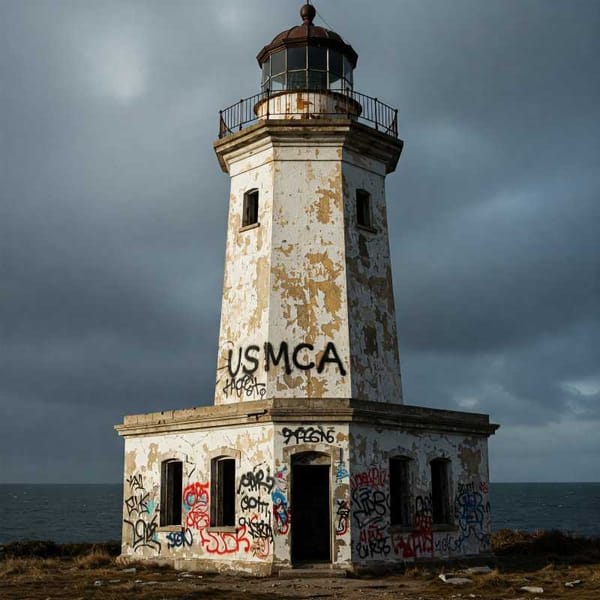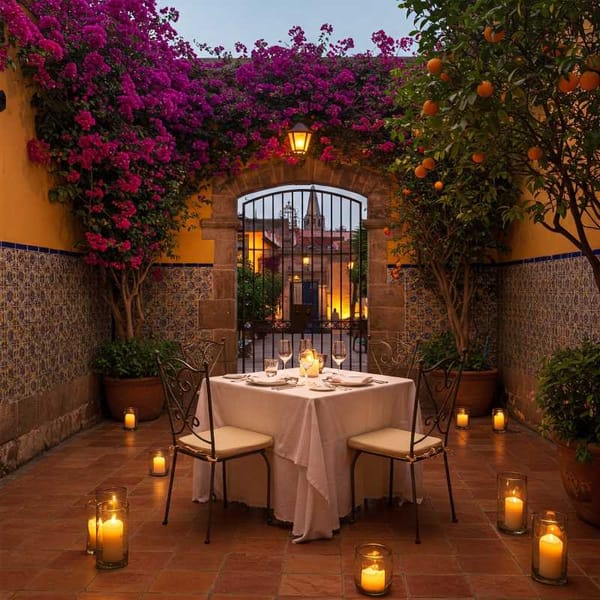Things to do on Tiburón Island
At first glance it looks like nothing more than a rock in the sea, but inside there are important ecotourism attractions

At first glance it looks like nothing more than a rock in the sea, but inside there are important ecotourism attractions


Surveillance operations targeting 'Los Chapitos' and 'El Mayo' factions, revealed in leaked documents, highlight the complex interplay of security and sovereignty in the US-Mexico relationship.

Trump threatens 25% tariffs on steel/aluminum, hitting Mexico (80% of exports), Canada and Brazil. Carlos Slim warns of economic risks. Increased US border surveillance. Legal challenges expected. Infonavit sues over housing fraud.

Mexico's dating scene varies wildly. Tijuana's transient, costly; Juárez is hard-working, romance-poor. Aguascalientes? Boring and insular. Ecatepec's chaotic and risky. Small towns need Spanish skills. It's a minefield, but cities like Guadalajara offer hope.

Mexicanist's take on Mexican dating: Mexico City's chaotic dating grid, Guadalajara's surprisingly pleasant scene, and Riviera Maya's fleeting holiday romances. Verdict? Mexico's "not entirely rubbish" for finding love. Just maybe. Good luck, you'll need it.